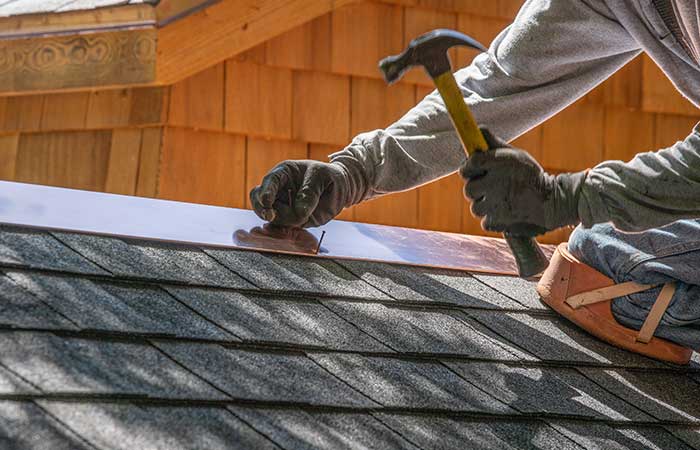Roof replacement involves removing your existing, worn-out roofing material (such as asphalt shingles) and installing new roofing in its place. It’s an expensive but sometimes necessary task for maintaining your home. As per experts like Rekote Roofing there are several reasons you may need roof replacement, including storm damage, normal wear after 15-20 years, fixing persistent leaks, or improving energy efficiency. Replacing an aging roof before damage occurs can prevent water intrusion and interior deterioration.
Planning a roof replacement project takes time and research. Rushing into it without understanding your options could result in regrets down the road. Use this guide of things to consider at each step, from finding a roofer to the final inspection, for a successful stress-free roof replacement.
Table of Contents
Preparing for Roof Replacement
Hire a Professional, Reputable Roofer
The quality of the roof over your head depends on the reliability of the company installing it. Ask neighbors and friends for roofer referrals. Check reviews on sites like Google or Yelp. Ensure the roofer has an established local presence, proper licensing and insurance, and provides manufacturer warranties. Meet with a few roofers in-person to get quotes and vet their knowledge.
Choose the Right Roofing Materials
From asphalt shingles to metal and beyond, you have lots of roofing material options. Each has pros and cons regarding durability, longevity, climate suitability, cost, aesthetics and more that your roofer can help analyze. Think about what’s most important for your home and budget. Research material warranties so you know what kind of coverage to expect.
Get Multiple Quotes and Compare
After deciding on materials, get bids from a few roofers based on those exact specifications. Quotes can vary greatly, so getting multiple allows you to make cost comparisons of equally matched projects. Be wary of prices that seem too good to be true. Review what is/isn’t included so bids compare “apples to apples”.

During the Roof Replacement Process
Remove the Existing Roofing
Tearing off and disposing of old roofing products is dirty work. This prep allows inspection of the sub-roof for any needed repairs before new materials go on. Safety is critical when exposing the home interior below. Care should be taken to avoid damage from falling debris.
Inspect the Roof Decking
Once existing roofing is removed, the roofer and homeowner get their first look at the roof decking (the sheathing fastened to rafters underneath). Check for water stains, cracks, or soft areas needing replacement before installing underlayments and new shingles which would cover them up.
Install Underlayments and Drip Edge
Underlayments like roofing felt provide a protective barrier between decking and shingles. They add redundancy against leaks when installed correctly. Drip edge gets mounted around edges first to divert water away from the facia and siding. Proper underlayment installation is critical for optimal roof performance.
Put On the New Roofing
Finally, the new attractive roofing goes on that will protect your home for years. For many homes, that means professionally installing asphalt or composite shingles in horizontal rows starting from the bottom edge and overlapping up. Having an experienced roofing crew ensures this is done properly according to the shingle manufacturer’s specifications.

After Roof Replacement
Do a Final Inspection and Walkthrough
Before paying anything, do a final inspection with your roofer to catch any lingering issues with water ponding or exposed nails that could cause leaks or rust later. Review the finished product for missing or damaged shingles. Check attic areas under each roof section one more time for daylight peeking through.
Check for Leaks After First Rainfalls
Even if all looks good upon final inspection, the first few rainfalls will test your roof. Go into the attic and check where decking meets walls for dripping water after storms. Also check ceilings for stains. Detecting leaks early allows the roofer to come seal any overlooked penetration points under warranty without interior damage.
Maintain your Roof to Maximize Lifespan
To get the most from your roof investment, keep debris cleaned off with a broom or leaf blower. Trim back overhanging limbs. Avoid walking around up there unless necessary so as not to break shingle corners or kick up granules. When properly maintained, your new roof should last 20-25 years.
Conclusion
A new roof brings peace of mind knowing your most important asset is properly protected from the elements. Follow these tips when planning your roof replacement project for smooth sailing from start to finish. Let me know if you have any other roofing questions.




